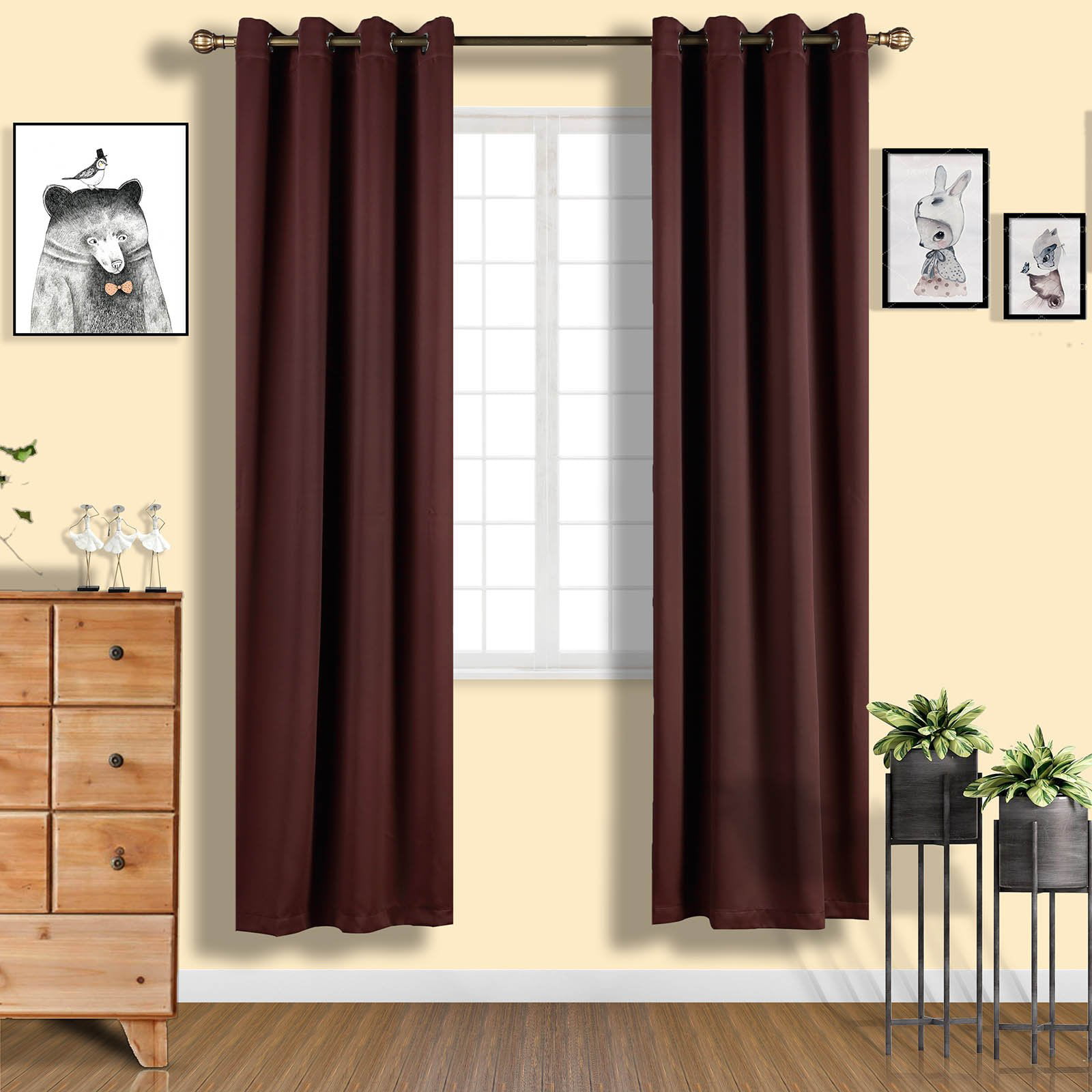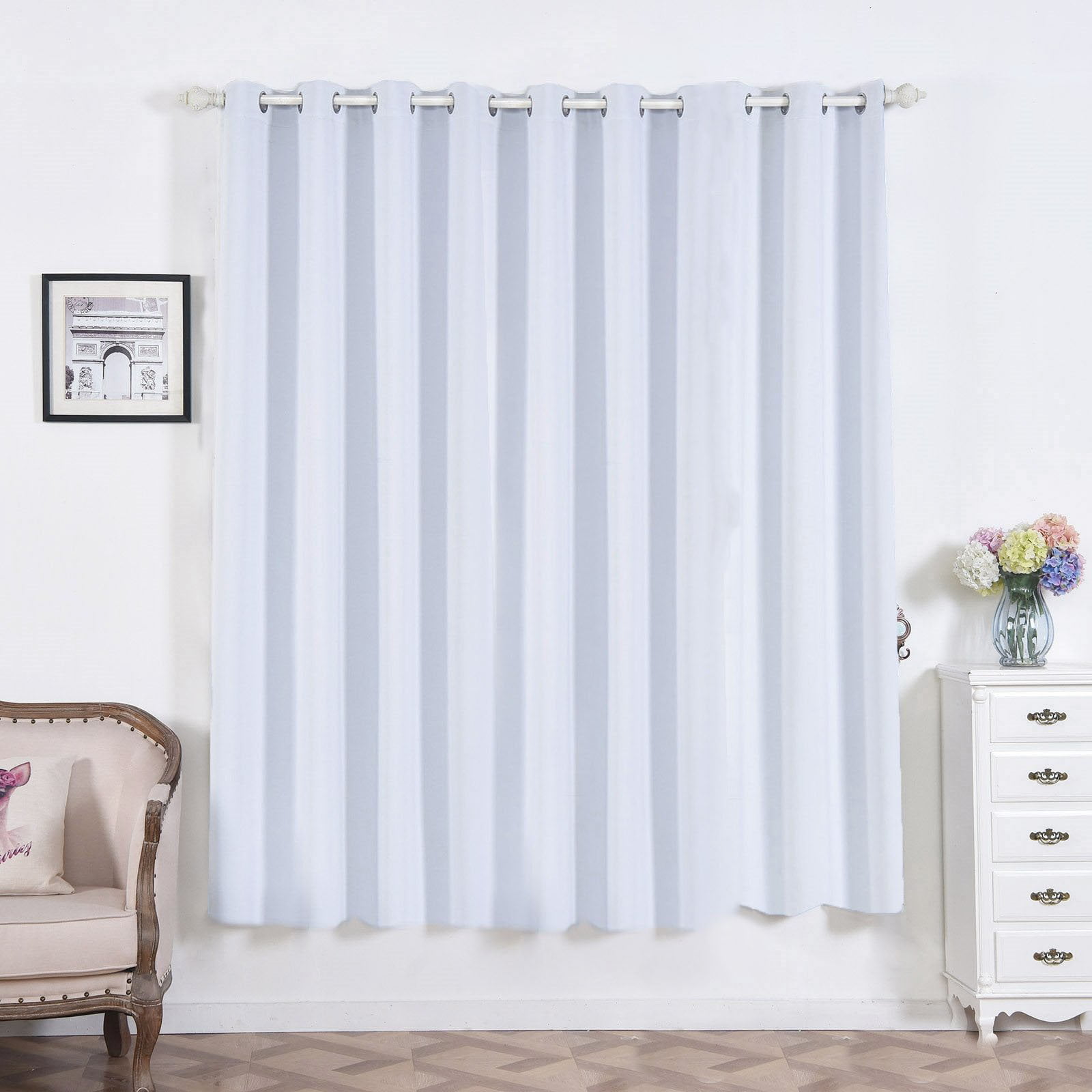Understanding Soundproof Curtains

Soundproof curtains are a popular choice for those seeking to reduce noise levels in their homes. They offer a convenient and aesthetically pleasing way to create a more peaceful environment, particularly in bedrooms. But how do these curtains actually work, and what are their limitations?
How Soundproof Curtains Work
Soundproof curtains work by absorbing and blocking sound waves. The materials used in these curtains are designed to trap sound energy, preventing it from traveling through the fabric and into the room.
The effectiveness of soundproof curtains in reducing noise depends on the density and thickness of the material, as well as the construction of the curtain.
Materials Used in Soundproof Curtains
A variety of materials are used in soundproof curtains, each with its own advantages and disadvantages:
- Heavy fabrics: Curtains made from thick, dense fabrics like velvet, blackout lining, or microfiber are effective at absorbing sound waves. They can help to reduce noise levels, especially in the lower frequency range.
- Sound-absorbing materials: Some soundproof curtains incorporate sound-absorbing materials like foam or felt. These materials are designed to trap sound energy and prevent it from reflecting back into the room.
- Layered construction: Some soundproof curtains feature multiple layers of fabric or materials to maximize their noise reduction capabilities. This layered construction provides additional sound absorption and blocking.
Benefits and Drawbacks of Soundproof Curtains, Soundproof curtains for bedroom
Soundproof curtains offer several benefits:
- Convenience: They are relatively easy to install and can be used in any room.
- Aesthetic appeal: Soundproof curtains come in a variety of styles and colors, allowing you to choose options that complement your décor.
- Cost-effective: They are often more affordable than other noise reduction solutions, such as acoustic panels.
However, soundproof curtains also have some drawbacks:
- Limited effectiveness: They are not as effective at reducing noise as other solutions like acoustic panels or double-paned windows.
- Limited sound frequency reduction: They are generally more effective at reducing low-frequency sounds, such as traffic noise, than high-frequency sounds, like conversations.
Comparison of Different Types of Soundproof Curtains
Here is a table comparing different types of soundproof curtains based on factors like noise reduction level, price, and aesthetic appeal:
| Type of Curtain | Noise Reduction Level (dB) | Price | Aesthetic Appeal |
|---|---|---|---|
| Heavy Fabric Curtains | 10-20 dB | Low | Moderate |
| Sound-Absorbing Curtains | 20-30 dB | Medium | Moderate |
| Layered Soundproof Curtains | 30-40 dB | High | High |
Choosing the Right Soundproof Curtains for Your Bedroom: Soundproof Curtains For Bedroom

Selecting the perfect soundproof curtains for your bedroom requires careful consideration of various factors, including the size of your room, the level of noise you want to reduce, and your personal preferences. This guide will walk you through the process of choosing the right soundproof curtains to create a peaceful and quiet sanctuary in your bedroom.
Understanding Your Bedroom’s Noise Environment
The first step in choosing soundproof curtains is to assess the level of noise you want to reduce. This will help you determine the type and thickness of curtains you need. For example, if you live in a busy city with constant traffic noise, you’ll need heavier and thicker curtains than someone living in a quiet suburban neighborhood.
Factors to Consider When Purchasing Soundproof Curtains
- Budget: Soundproof curtains can range in price from a few hundred dollars to several thousand dollars. Determine your budget before you start shopping.
- Desired Noise Reduction Level: Consider how much noise reduction you want to achieve. Some curtains are better at blocking out high-frequency sounds, while others are more effective at blocking out low-frequency sounds.
- Desired Aesthetic: Soundproof curtains come in a variety of colors, patterns, and materials. Choose a style that complements your bedroom décor.
Types of Soundproof Curtains
- Fabric Curtains with Sound-Absorbing Lining: These curtains are made of thick, dense fabric and often have a sound-absorbing lining. They are a good option for reducing noise from traffic, construction, or loud neighbors.
- Heavy Blackout Curtains: Blackout curtains are designed to block out all light, which also helps to reduce noise. They are often made of a thick, heavy fabric, such as velvet or blackout lining.
- Acoustic Panels: Acoustic panels are designed specifically for sound absorption. They are often made of a sound-absorbing material, such as foam or fiberglass. Acoustic panels can be installed on walls, ceilings, or even behind curtains.
The Importance of Proper Installation
The effectiveness of soundproof curtains is heavily dependent on proper installation. If they are not installed correctly, they will not be able to effectively block out noise. Here are some key considerations for proper installation:
- Gaps and Leaks: Make sure there are no gaps or leaks around the edges of the curtains. These gaps can allow noise to seep in.
- Weight and Tension: The curtains should be heavy enough to block out noise, and they should be hung with enough tension to prevent them from flapping in the wind.
- Curtain Rod: Choose a sturdy curtain rod that can support the weight of the curtains.
Examples of Soundproof Curtains for Different Bedroom Environments
- City Apartment: For a city apartment with loud traffic noise, consider heavy blackout curtains with a sound-absorbing lining.
- Bedroom Next to a Busy Street: For a bedroom next to a busy street, acoustic panels installed behind the curtains can help to further reduce noise.
- Quiet Suburban Home: For a quiet suburban home, fabric curtains with a sound-absorbing lining may be sufficient to block out noise from neighbors.
Beyond Noise Reduction

While soundproof curtains are primarily known for their noise-dampening abilities, their benefits extend far beyond simply reducing unwanted sounds. These curtains offer a range of advantages that can significantly enhance your overall well-being and create a more comfortable living environment.
Improving Sleep Quality and Reducing Stress
Soundproof curtains can contribute to better sleep by minimizing external noise distractions. A peaceful and quiet sleep environment is crucial for restful sleep, allowing your body and mind to fully recharge. Studies have shown that exposure to noise, even at low levels, can disrupt sleep patterns, leading to fatigue, irritability, and difficulty concentrating during the day. By effectively blocking out noise, soundproof curtains create a serene atmosphere conducive to deep and restorative sleep. This, in turn, can help reduce stress levels and improve overall well-being.
Enhancing Privacy and Creating a More Comfortable Living Space
Soundproof curtains can also provide a sense of privacy and seclusion, creating a more comfortable living space. In urban environments, where noise and visual distractions are prevalent, soundproof curtains can act as a barrier, shielding your home from unwanted outside intrusions. This can be particularly beneficial in areas with busy streets, noisy neighbors, or public spaces. By reducing external noise and visual distractions, soundproof curtains create a more peaceful and private sanctuary, allowing you to relax and unwind in comfort.
Potential Drawbacks and Solutions
While soundproof curtains offer numerous benefits, there are a few potential drawbacks to consider. One common concern is the cost. Soundproof curtains can be more expensive than traditional curtains due to their specialized construction and materials. However, the long-term benefits of improved sleep, reduced stress, and enhanced privacy often outweigh the initial investment.
Another potential drawback is the weight and thickness of soundproof curtains. Some people find them bulky or difficult to handle, especially if they are using manual curtain rods. However, there are lightweight soundproof curtain options available, and using motorized curtain rods can alleviate the effort involved in opening and closing them.
Real-Life Examples of Positive Impact
Numerous individuals have reported positive experiences with soundproof curtains. For instance, a busy city dweller who lived near a bustling highway found that soundproof curtains dramatically reduced the noise levels in their bedroom, allowing them to finally get a good night’s sleep. Another example is a family living in a noisy apartment complex who used soundproof curtains to create a peaceful and private space for their children to study and play.
Soundproof curtains have proven to be a valuable investment for individuals seeking to improve their sleep quality, reduce stress, and enhance their living environment. By effectively blocking out noise and providing a sense of privacy, these curtains can contribute to a more peaceful and comfortable home.
